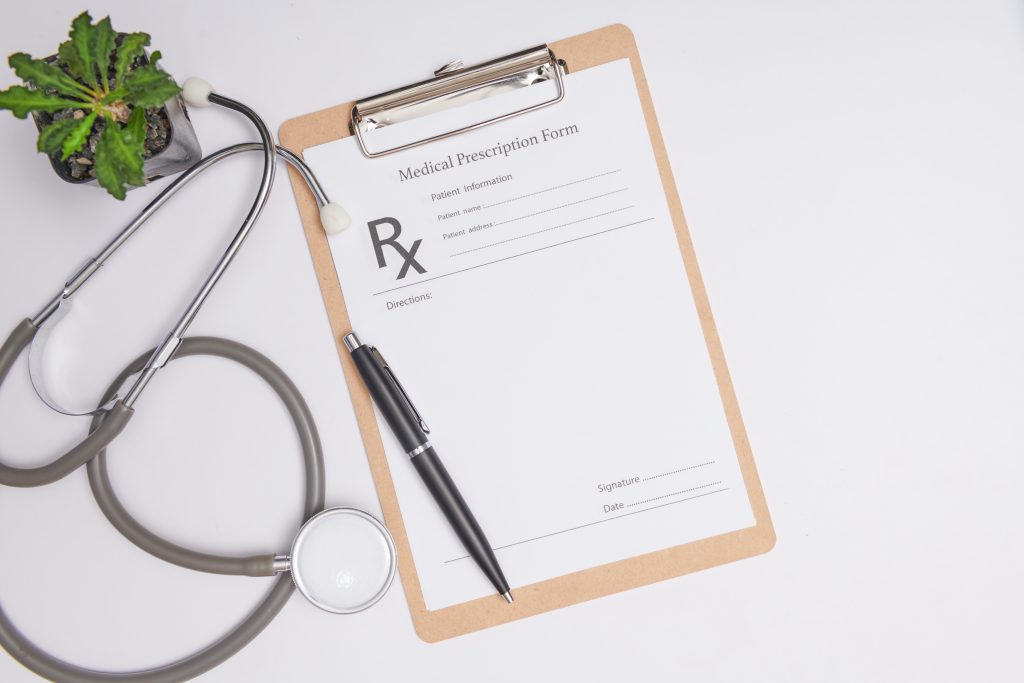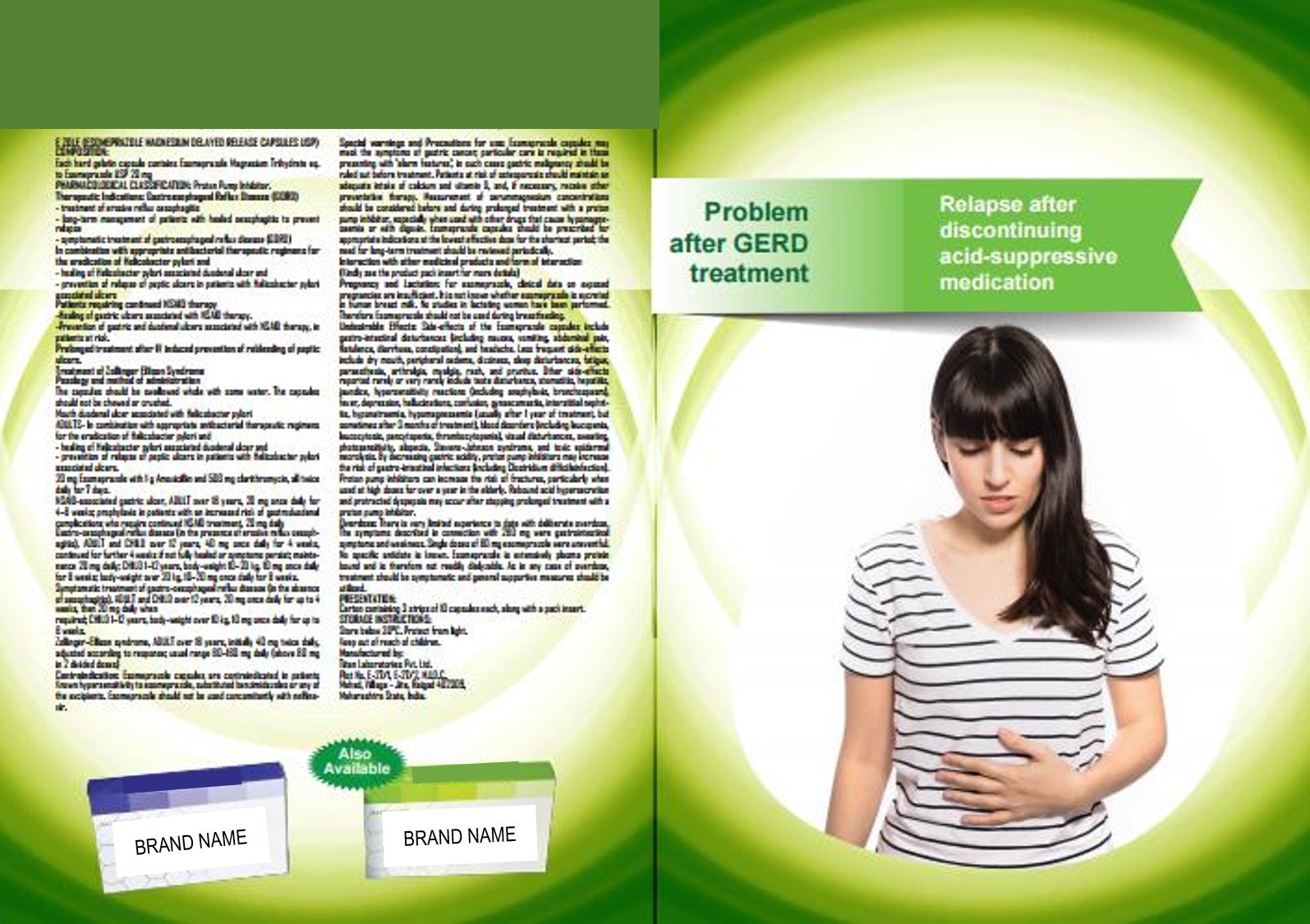Pharma marketing—greater than the sum of its parts.
Pharma marketing generally applies a broad spectrum of marketing strategies to establish and boost their branded medicine sales. It includes informative literature (such as visual aids, flip charts, leave behind literature (LBL), pamphlets and booklets), medicine samples, gifts, CMEs, conference sponsorship, KOL endorsements, etc. The list is endless.
84% of pharma marketing efforts are targeted to doctors. Because doctors are regarded as the decision-makers for medicine sales.
BMC Health Services Research

The powerful influence of pharma companies on the promotion of medicines to the doctors for prescription is maximum. Even its impact on the compilation of clinical guidelines has long been recognised. Probably since the inception of the pharma industry, it has been criticised for the aggressive approach in getting its brands prescribed.
Pharma companies are majorly sustained through strategies like funded research, publication in medical journals, development of key opinion leaders, and the dissemination of information through medical representatives and patient support groups.
Ghost-Managed Medicine: Big Pharma’s Invisible Hands
Now it has reached a level where the pharma industry is not only involved in direct marketing of the brands to the prescribers but it has a prominent presence in all aspects of medical knowledge production, circulation and consumption.
Do we really know the extent of the influence of promotional literature on prescription?
Medicine is one of the most rapidly advancing branches of science, so such informative literature becomes essential for doctors. Many-a-times doctors are not able to access other more reliable sources of information due to their busy schedules, and other reasons. Pharma companies being aware of the needs has tried to get the maximum out of it through promotional literature.
The informative promotional literature shared by the pharma companies is one of the most important sources of medical information for doctors. And that’s why sharing educational content with doctors through literature has the biggest impact for a longer time.
Medical Representatives (MRs) or Pharmaceutical Sales Representatives (PSRs) advertise the scientific content about the brands to the doctors with the help of eye-catching visual presentation, quoting various benefits and advantages.
Such inputs are consistently full of points highlighting the promoted medicine as an advancement with better effectiveness, backed with various scientific research works, colourful pictures, graphs and diagrams that make a doctor take notice of the advertised medicine.
But are the scientific promotional literature reliable?
In an effort to assist and encourage the development of health care through the rational use of medicines, WHO has published “Ethical Criteria for Medicinal Drug Promotion” and has recommended their implementation to its member states.
In India, pharma brands promotion is mainly governed by the “Organisation of Pharmaceutical Producers of India” (OPPI). Still, the implementation of the code of ethics developed by the OPPI is a matter of self-regulation and self-discipline. Adherence to the code is in no way mandatory for the pharma companies
Only 2% of the pharma promotional literature fulfil all the WHO criteria and none fulfilled the OPPI Code of Ethical Practice.
Naveen Mangla et al. 2018
International compliance
| Parameter | WHO ethical Criteria Compliance % |
| Brand name, active ingredients & their contents, manufacturer’s name and address | ≥70 (High) |
| Mention of approved indications and dosages | 40-69 (Moderate) |
| References, side effects, precautions, warnings, contraindications, interactions and name of other ingredients | ≤ 39 (Poor) |
In addition, Cost was mentioned in 4% of the literature and date of production of advertisement was not mentioned in any literature. Antibiotics (20%) were the most promoted group of drugs. 65% of promotional literature was designed for the promotion of FDCs.
National compliance
| Criteria | OPPI Code of Ethical Practice Criteria Compliance % |
| Brand name | 100 (High) |
| The active ingredients | 98.67 (High) |
| The name and address of the pharmaceutical company or its marketing agent | 88 (High) |
| Approved indications | 64 (Moderate) |
| Dosage | 57.33 (Moderate) |
| Method of use | 57.33 (Moderate) |
| Side effects | 11.33 (Poor) |
| Contraindications | 5.33 (Poor) |
| Precautions | 5.33 (Poor) |
| The date of production of the advertisement | 0 (Poor) |
However, it has been found that the facts and figures in this literature are often distorted and biased to highlight only the beneficial effect of the products and undermine the harmful effects, leading the doctor to prescribe the products which can be detrimental to the patient and community.
Misleading information
India’s domestic pharmaceutical market is estimated at US$ 42 billion in 2021 and likely to reach US$ 65 billion by 2024 and further expand to reach ~US$ 120-130 billion by 2030. With thousands of companies competing to get a piece of the market for themselves, newer (rational or irrational) combinations are launched.
More than 20,000 drug formulations (mostly FDC) already available in the market. In stark contrast, the Tamil Nadu State Essential Drugs List contains just 270 drug formulations, all identified through a scientific process as sufficient to treat over 90% of illness at primary, secondary and tertiary level care.
S. Gopalakrishnan et al. India: campaign to tackle unethical promotion
Newer combinations struggle to get on doctor’s prescriptions. To ensure that their brands get prescribed, pharma companies try all the tips and tricks of ethical pharma marketing. But at times they miss out on several fronts. One of the major issues in the industry is “misinformation”.
A recent analysis of medication information inputs shared by pharma companies in India to the doctors found many discrepancies between claims made and independent scientific information. The following table gives few examples of unethical pharma communications that are considered misleading and confusing.
| Drug | Company Claims | Truth |
| Gliclazide 80 mg | Ensures glucose control throughout 24 hours without hypoglycaemia | The actual duration of action of this drug is only 12 to 16 hours |
| Indapamide 2.5 mg | Cardio-protective and an internationally acclaimed diuretic | It has little action as a diuretic. It has antihypertensive action but has no cardioprotective action as claimed |
| Amoxycillin with clavulanic acid | Effective against Community-Acquired Pneumonia | Clavulanic acid has no bactericidal action on its own. The meaning of Community-Acquired Pneumonia is not explained |
| Vitamin E preparation | Important prophylactic in photo-ageing, scientific approach to treat muscle cramps and effective antiatherosclerotic | Vitamin E has only non-specific roles in muscle cramps, no convincing evidence of benefit in atherosclerotic and skin diseases like photo-ageing. Ketonurea and impaired wound healing are reported as adverse effects of vitamin E. |
Commercial medicine information far outweighs the autonomous and scientific therapeutic information that is essential if medications are to be used rationally. The fact at the instant is that most healthcare experts get their knowledge from commercial sources, usually through an extensive network of medical representatives.
Each company should have an internal system for developing scientific communication. Promotional inputs need to be authenticated and should ensure to adhere to the guidelines. This will help in sharing reliable promotional information with doctors.
Bonus information
Some of the old strategies big pharma companies implement by marketing symptoms and syndromes, initially in an ‘unbranded’ campaign, to mould public opinions of what to consider as healthy and unhealthy. Once the demand for treatment is established, the product waiting in their plants can then promptly take centre stage.

